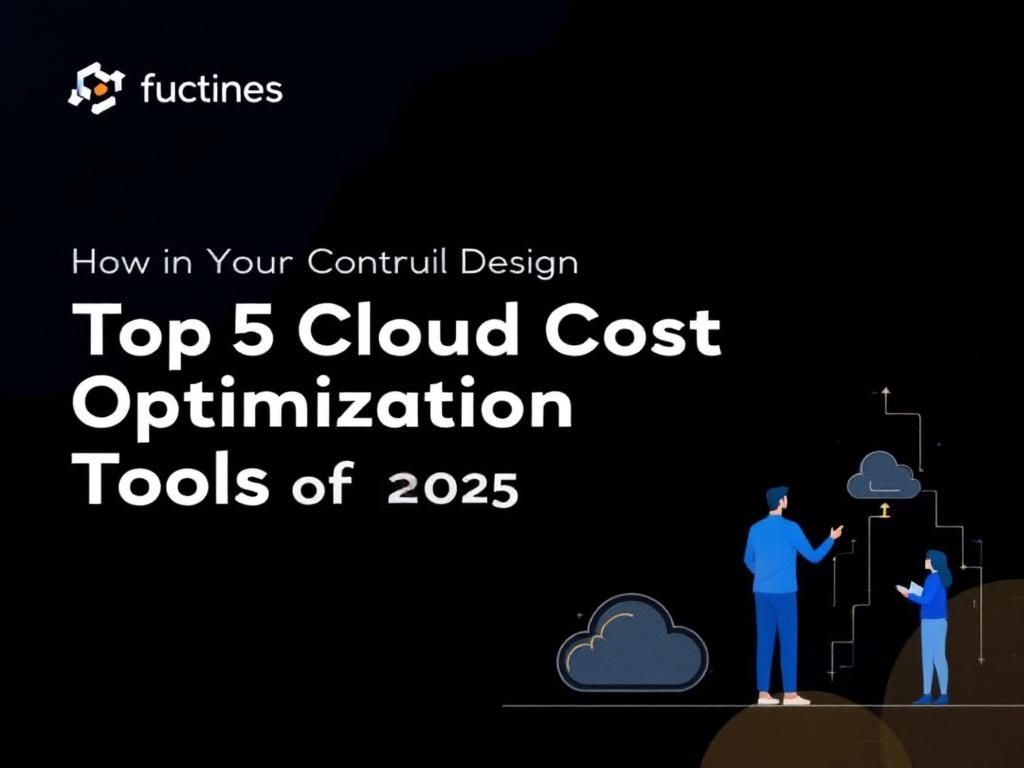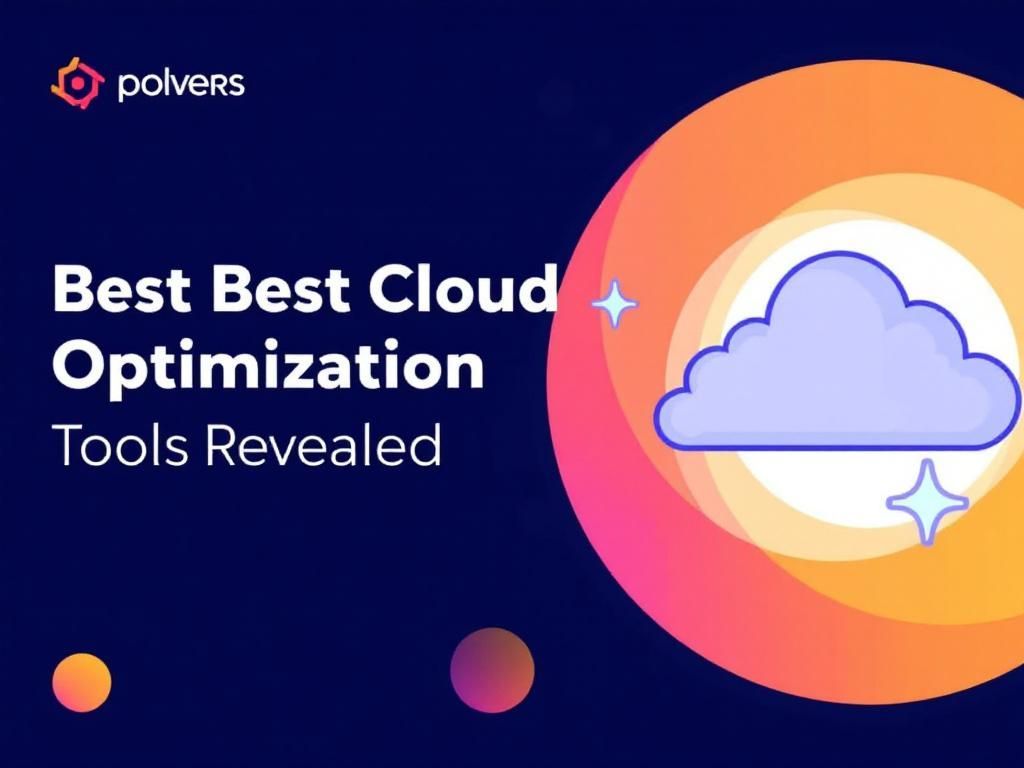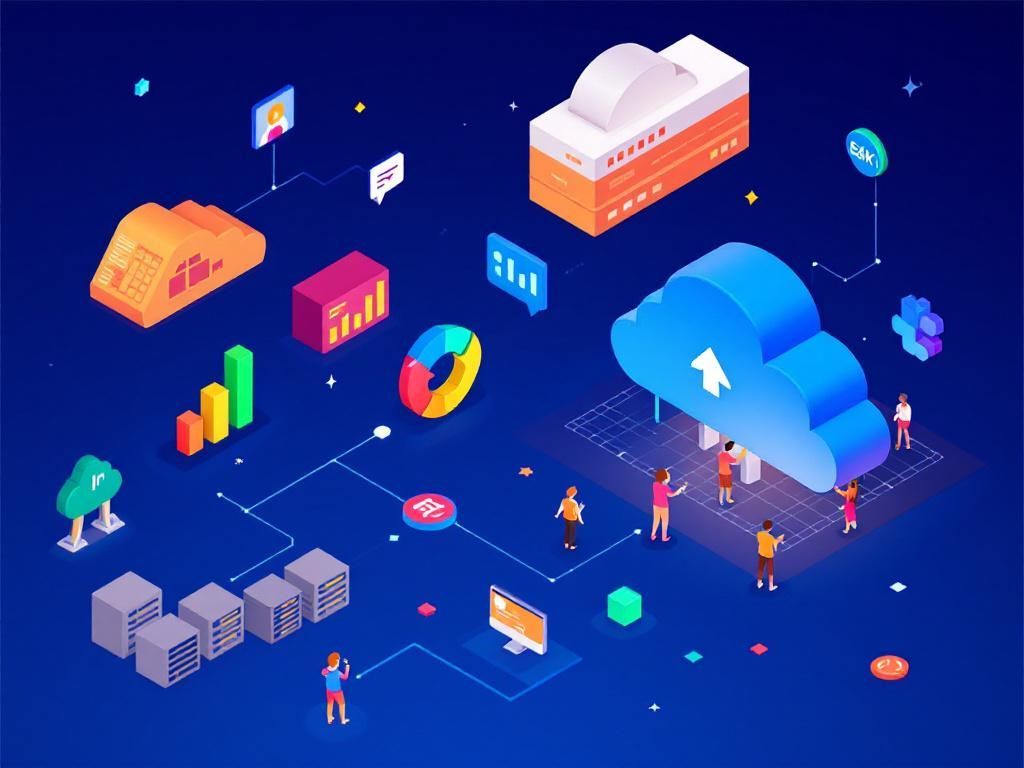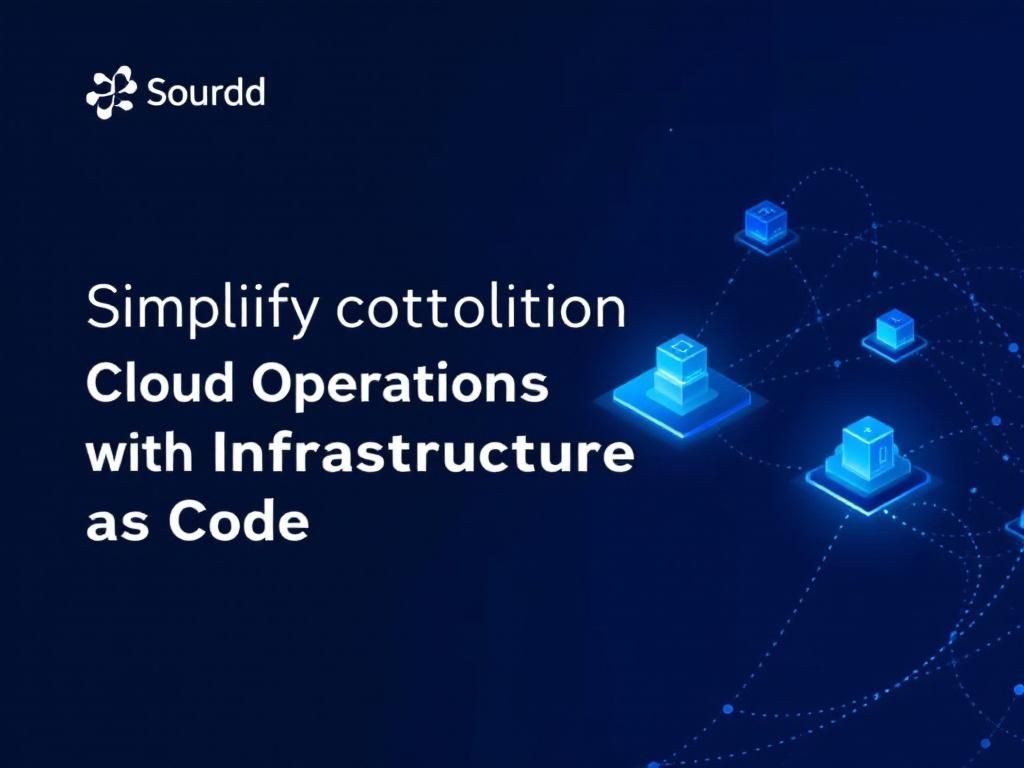Agile Development for Secure Cloud-Native Apps
Explore how agile development practices enhance the security of your cloud-native applications. Learn best practices and strategies for success.

In a world where digital transformation is paramount, cloud-native applications are gaining traction among businesses looking to enhance their agility and scalability. However, as organizations embrace this modern architecture, ensuring security becomes a critical concern. Effective security strategies are essential to protect these applications from a multitude of threats while maintaining the agile methodologies that drive innovation.
Table of Contents
Understanding Cloud-Native Applications
Cloud-native applications are designed specifically to take advantage of cloud computing architectures. They are built using microservices, containers, and are typically deployed on orchestration platforms like Kubernetes. This approach allows for greater flexibility and the ability to scale applications quickly as demand fluctuates.
Key Characteristics of Cloud-Native Applications
- Microservices Architecture: Applications are broken into smaller, independent services that can be developed, deployed, and managed independently.
- Containerization: Tools like Docker encapsulate the application code and its dependencies, allowing it to run consistently across different environments.
- Dynamic Orchestration: Kubernetes or other orchestration tools manage the deployment, scaling, and operation of containerized applications.
- API-Driven: Cloud-native applications often rely on APIs to facilitate interaction between services, enhancing modularity and speed of development.
The Importance of Security in Cloud-Native Environments
As organizations leverage the benefits of cloud-native development, security must be a top priority. The advantages of agility and speed can be undermined if security vulnerabilities are not addressed effectively. Here are some reasons why security is crucial in this context:
1. Increased Attack Surface
The distributed nature of cloud-native applications can lead to a larger attack surface. Each microservice, API, and container can become a potential vulnerability point if not properly secured.
2. Compliance and Regulatory Requirements
Many organizations operate in regulated industries that require adherence to specific compliance standards. Failing to secure cloud-native applications can lead to hefty fines and legal repercussions.
3. Data Protection
With sensitive data often being processed and stored in cloud environments, safeguarding it against breaches is vital. Security practices must ensure that data is encrypted and access is restricted.
Best Practices for Securing Cloud-Native Applications
To bolster security in cloud-native environments, teams should adopt a set of best practices that address both technical and organizational aspects.
1. Implement Robust Identity and Access Management (IAM)
Establishing strict IAM protocols helps ensure that only authorized users have access to sensitive resources. Consider the following practices:
- Role-Based Access Control (RBAC): Define roles and permissions that limit user access based on their needs.
- Multi-Factor Authentication (MFA): Require additional verification steps to enhance the security of user accounts.
- Regular Audits: Conduct audits of IAM configurations to identify and rectify potential vulnerabilities.
2. Secure Container Registries
Container images can harbor vulnerabilities if not regularly scanned and maintained. To secure container registries:
- Utilize image scanning tools to identify known vulnerabilities before deployment.
- Implement signing mechanisms to verify the integrity of images.
- Restrict access to container registries based on the principle of least privilege.
3. Adopt Secure Coding Practices
Developers should follow secure coding guidelines to minimize the risk of introducing vulnerabilities into applications:
| Secure Coding Practice | Description |
|---|---|
| Input Validation | Ensure all input is validated and sanitized to prevent injection attacks. |
| Use of Libraries | Utilize trusted libraries and frameworks, regularly updating them to mitigate vulnerabilities. |
| Error Handling | Implement comprehensive error handling to avoid disclosing sensitive information in error messages. |
4. Monitor and Log Activities
Continuous monitoring and logging are essential for identifying and responding to potential security incidents. Key points to consider:
- Centralized Logging: Aggregate logs from all components to facilitate incident response.
- Set Alerts: Configure alerts for unusual activities or access patterns.
- Regular Reviews: Regularly review logs to identify anomalies that could indicate security threats.
Integrating Security into the Development Lifecycle
Security should not be an afterthought but rather an integral part of the software development lifecycle (SDLC). This approach, often referred to as DevSecOps, emphasizes collaboration between development, security, and operations teams. Here are some key steps to integrate security effectively:
1. Shift Left Strategy
Apply security measures early in the development process. Incorporate security testing tools and practices in the development phase to catch vulnerabilities before they progress to production.
2. Continuous Security Testing
Introduce automated security testing tools for continuous integration/continuous deployment (CI/CD) pipelines. This practice enables regular assessments of code and infrastructure for vulnerabilities.
3. Security Training for Developers
Invest in training programs that educate developers on secure coding practices, threat modeling, and emerging security threats. A well-informed team is essential to maintaining the security posture of cloud-native applications.
Conclusion
As organizations continue to leverage the benefits of cloud-native applications, the importance of robust security practices cannot be overstated. By understanding the unique challenges of cloud-native environments and implementing a comprehensive security strategy, businesses can secure their applications while embracing the agility and innovation that cloud computing offers. The journey towards secure cloud-native development is continuous, and proactive measures will not only safeguard applications but also protect the organization’s reputation and customer trust.
FAQ
What is Agile Development in the context of cloud-native applications?
Agile Development is an iterative approach that emphasizes collaboration, flexibility, and customer feedback in creating cloud-native applications, allowing teams to respond quickly to changing requirements.
How does Agile methodology enhance the security of cloud-native apps?
Agile methodology promotes continuous testing and integration, which helps identify and address security vulnerabilities early in the development process, ensuring a more secure cloud-native application.
What are the key principles of Agile Development for securing cloud-native applications?
The key principles include iterative development, cross-functional collaboration, continuous feedback, and the integration of security practices throughout the development lifecycle.
How can teams implement security best practices in Agile cloud-native development?
Teams can implement security best practices by incorporating security checkpoints in sprints, conducting regular code reviews, utilizing automated security testing tools, and fostering a security-first mindset among all team members.
What tools can assist in Agile Development for securing cloud-native applications?
Tools such as static application security testing (SAST) tools, dynamic application security testing (DAST) tools, and container security solutions can help teams identify and mitigate security risks during Agile Development.
Why is collaboration important in Agile Development for cloud-native app security?
Collaboration between development, operations, and security teams is crucial in Agile Development as it ensures that security considerations are integrated at every stage of the application lifecycle, leading to more robust and secure cloud-native applications.








